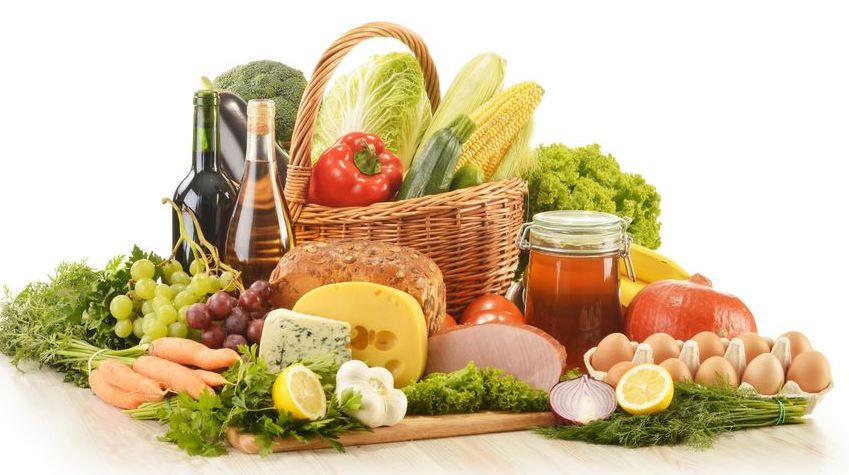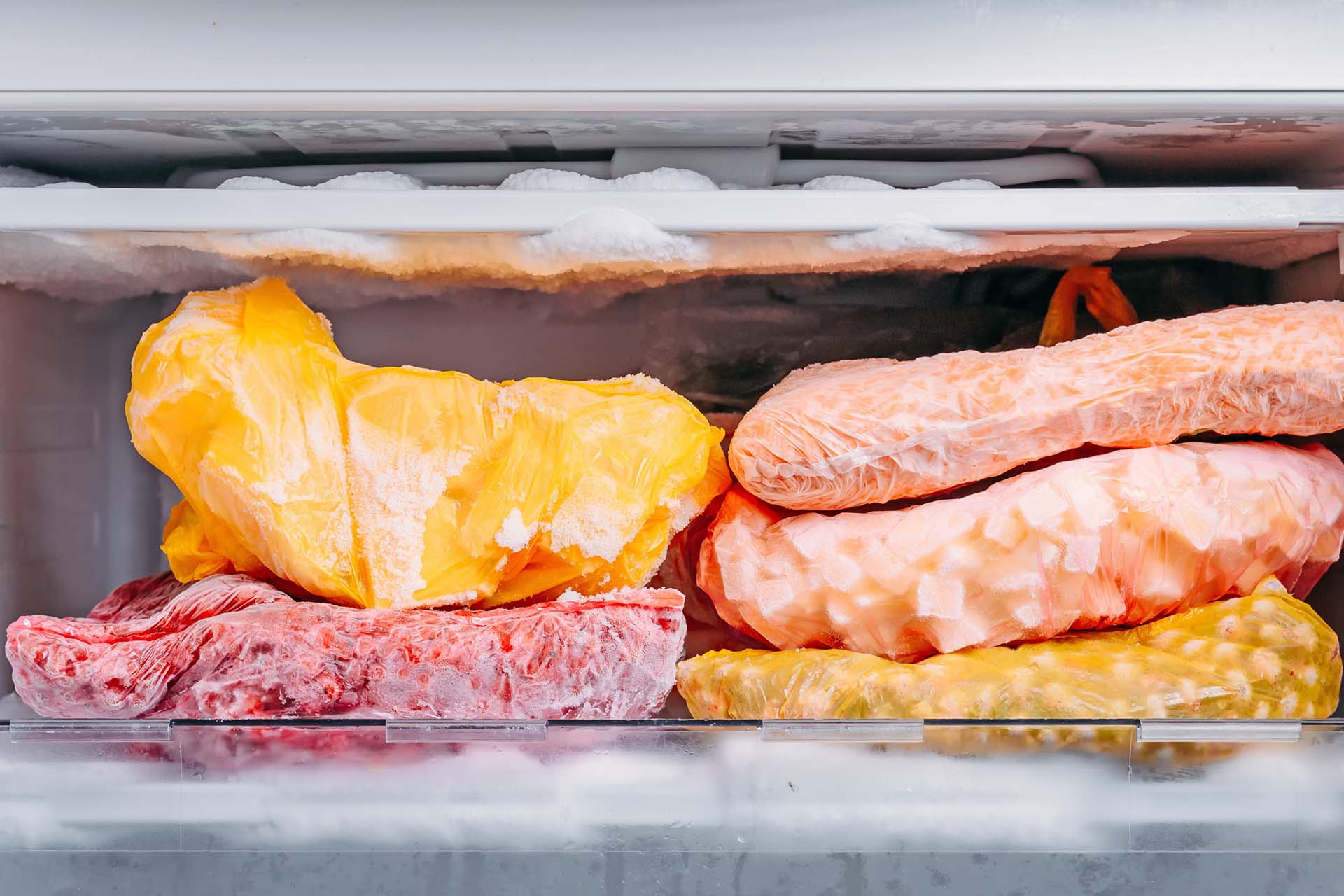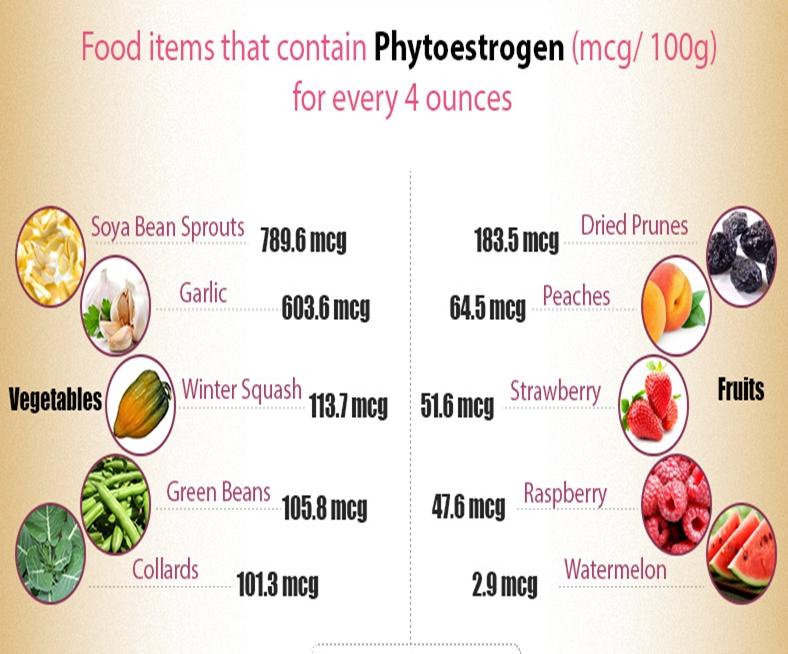The glutes, also known as the buttocks, are one of the largest muscle groups in the human body. Composed of the gluteus maximus, medius, and minimus, these muscles play a crucial role in hip extension, external rotation, and abduction. Developing strong and well-rounded glutes not only enhances aesthetics but also supports overall mobility, athletic performance, and posture.

While genetics and exercise play significant roles in shaping the glutes, diet also contributes to muscle growth and development. Incorporating specific foods into your diet can provide the essential nutrients needed for building stronger glutes.

Lean Proteins:

- Proteins are the building blocks of muscles. Consuming lean protein sources, such as chicken, fish, lean beef, tofu, and beans, helps provide the amino acids necessary for muscle repair and growth.
Complex Carbohydrates:
- Complex carbohydrates, found in foods like brown rice, oatmeal, quinoa, sweet potatoes, and whole-wheat bread, provide sustained energy for muscle-building activities. These carbohydrates help fuel your workouts and support recovery.
Healthy Fats:
- Healthy fats, such as those found in avocados, nuts, seeds, and olive oil, aid in hormone production, cell function, and nutrient absorption. Good fats help create an environment conducive to muscle growth.
Fruits and Vegetables:
- Fruits and vegetables are rich in vitamins, minerals, and antioxidants that support muscle health. They help reduce inflammation, improve recovery, and enhance overall well-being, which can contribute to better results in your glute-building efforts.
- Water is vital for various bodily functions, including muscle function and recovery. Staying adequately hydrated ensures your muscles have the necessary fluids to perform optimally.
Here are some specific foods that are particularly beneficial for glute growth:
- Salmon: rich in omega-3 fatty acids, protein, and vitamin D, all of which contribute to muscle development.
- Eggs: a versatile source of protein, essential amino acids, and healthy fats.
- Quinoa: a complete protein source that also provides fiber and energy-boosting carbohydrates.
- Broccoli: a cruciferous vegetable packed with fiber, antioxidants, and essential nutrients that support muscle health.
- Berries: high in antioxidants and fiber, berries help reduce inflammation and promote recovery.
Incorporating these foods into a balanced diet, along with regular exercise that specifically targets the glutes, can help you achieve your glute-building goals effectively and sustainably. Remember that muscle growth takes time and consistency, so patience and dedication are key to seeing results.










